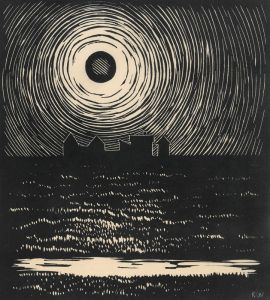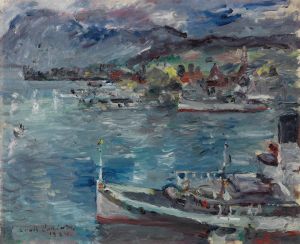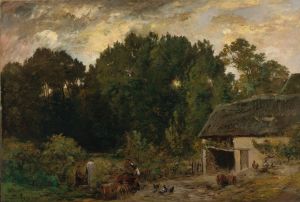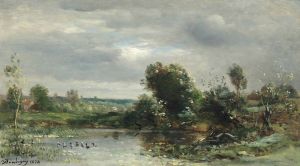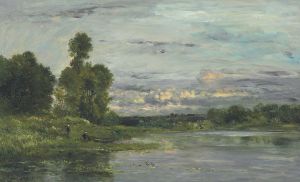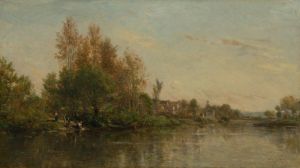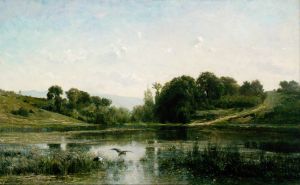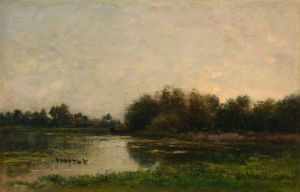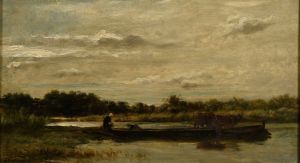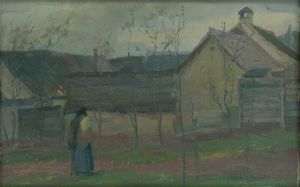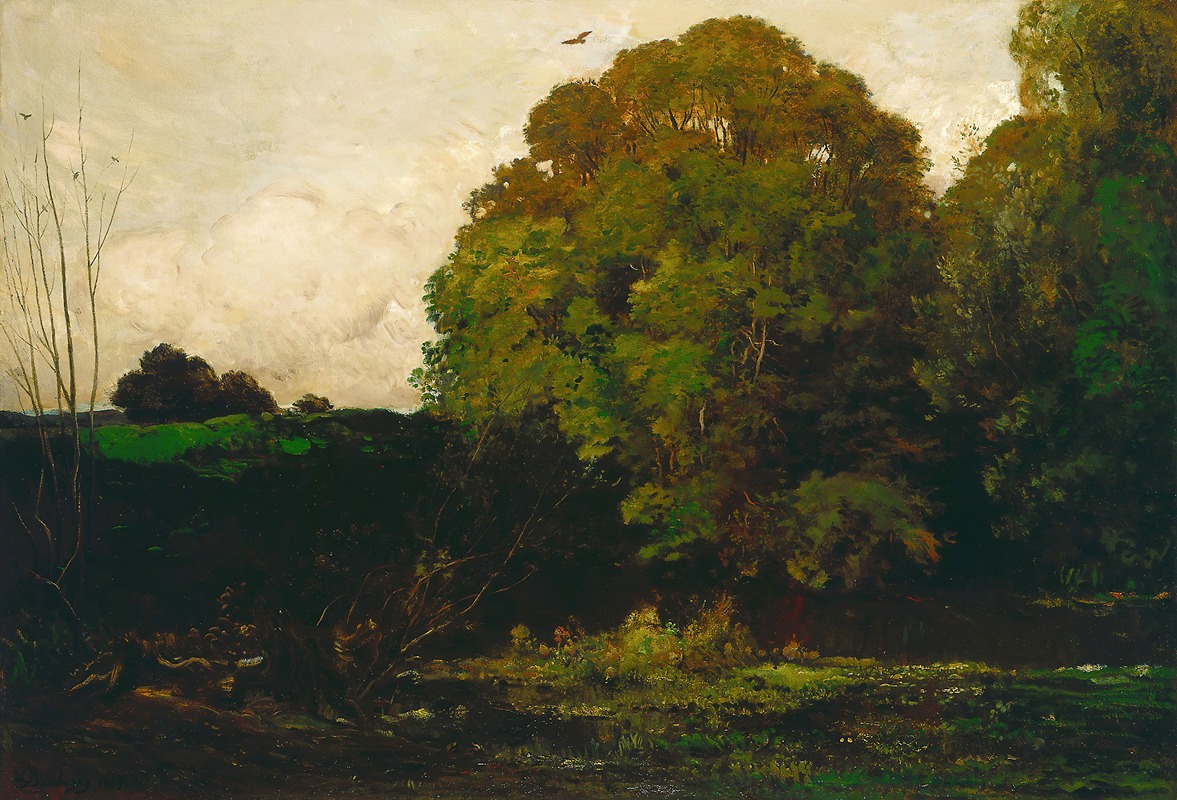
A Pond in the Morvan
A hand-painted replica of Charles François Daubigny’s masterpiece A Pond in the Morvan, meticulously crafted by professional artists to capture the true essence of the original. Each piece is created with museum-quality canvas and rare mineral pigments, carefully painted by experienced artists with delicate brushstrokes and rich, layered colors to perfectly recreate the texture of the original artwork. Unlike machine-printed reproductions, this hand-painted version brings the painting to life, infused with the artist’s emotions and skill in every stroke. Whether for personal collection or home decoration, it instantly elevates the artistic atmosphere of any space.
Charles François Daubigny, a prominent French landscape painter of the 19th century, created "A Pond in the Morvan" as part of his extensive body of work that focused on natural scenery. Daubigny was a key figure in the Barbizon School, a group of artists who sought to move away from the formalism of academic painting and instead embraced the natural world as their primary subject. His works often depicted rural landscapes, rivers, and ponds, emphasizing the beauty of the French countryside.
"A Pond in the Morvan" is one of Daubigny's many paintings that showcase his mastery of light, atmosphere, and reflection. The Morvan is a mountainous region in central France, known for its dense forests, rolling hills, and tranquil ponds. This setting provided Daubigny with an ideal subject to explore his interest in capturing the interplay between water, sky, and vegetation. The painting exemplifies his ability to convey a sense of serenity and harmony in nature, qualities that were central to his artistic philosophy.
Daubigny was known for his innovative approach to painting en plein air, or outdoors, which allowed him to observe and depict the changing effects of light and weather directly from nature. This technique influenced the development of Impressionism, and Daubigny is often regarded as a precursor to the movement. His works, including "A Pond in the Morvan," are characterized by their loose brushwork and a focus on the overall mood of the scene rather than precise details.
The exact date of creation for "A Pond in the Morvan" is not widely documented, but it is consistent with Daubigny's mature style, which he developed in the mid to late 19th century. The painting reflects his preference for subdued, naturalistic color palettes and his skill in creating compositions that draw the viewer into the landscape.
Today, Charles François Daubigny's works are celebrated for their contribution to the evolution of landscape painting in France. His influence on later artists, including Claude Monet and other Impressionists, underscores his importance in art history. While specific details about "A Pond in the Morvan" may be limited, the painting remains an example of Daubigny's dedication to capturing the quiet beauty of the natural world.






